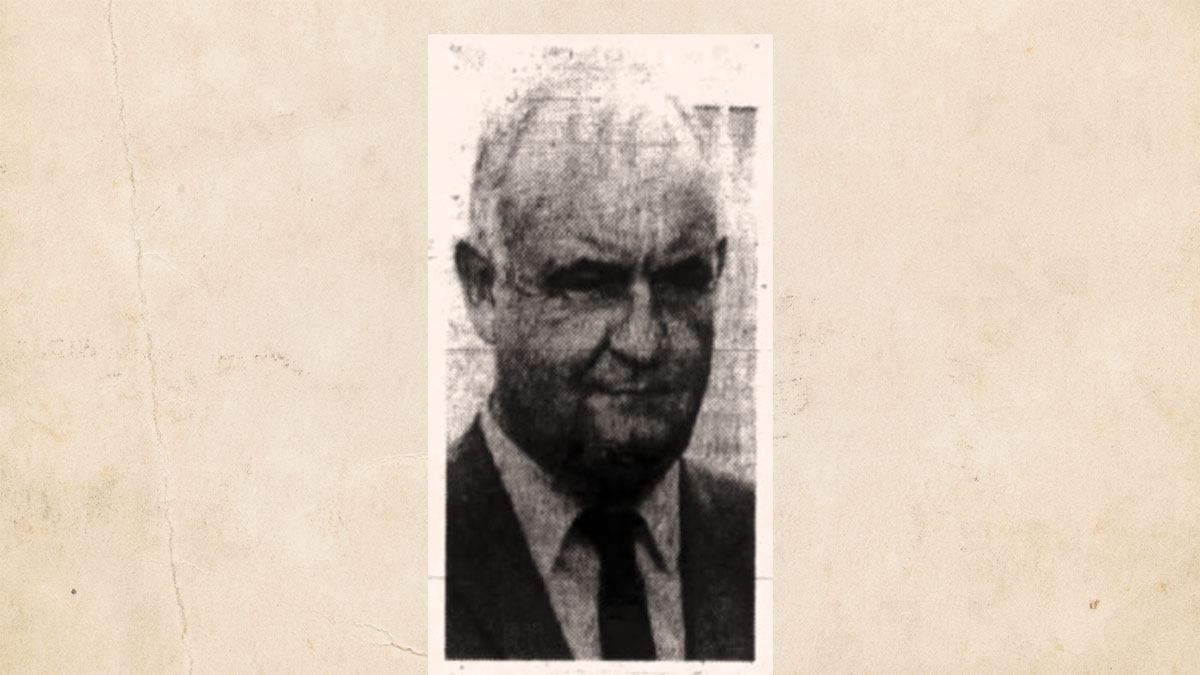Davenport. Who has heard this name before? It is high up there for well-known names in Adventism, along with those of Desmond Ford, Ted Wilson, Lindy Chamberlain and Ellen White. But for those who may not have been around when this controversy erupted, his name may be unfamiliar. The tale of Donald Davenport is a warning to all church leadership of the dangers which naturally result when church leaders neglect their responsibilities to oversee the true intentions and behaviours of their members.
Dr Donald John Davenport (1913-1996) was a physician and entrepreneur at the heart of the biggest financial scandal in the Seventh-day Adventist Church. It was in 1946 when Davenport was standing in line at the Long Beach (USA) post office when his idea first developed to build post offices, realising the great need for them. Within 25 years, Davenport had built more than 70 post offices across 31 states, leasing them to the US Federal Government. Davenport developed a large network of investors from church entities and church employees to build capital for his sizable investment portfolio.
When Davenport divorced his wife Elizabeth in September 1971, it was revealed that his real estate empire was beginning to crumble. To maintain Davenport’s empire, church leaders reportedly pressured church members to invest in return for high interest rates on their loans. What many church leaders were unaware of, however, was that Davenport’s investment scheme was effectively an elaborate Ponzi scheme.
It was not until July 16, 1981, that church leaders established a committee to examine the Church’s investments with Davenport. Just days later, on July 22, Davenport filed for bankruptcy, being $70 million in debt. When church leaders tallied the balance sheets, they discovered that $17.8 million in loans and $3.3 million in accrued interest was outstanding from Seventh-day Adventist Church entities. These substantial losses were largely the result of church policies being violated, with findings being made of conflicts of interest, dishonesty and incompetence (Australasian Record, March 5, 1983). This said, some church entities acted in good faith, investing without any knowledge of fraudulent behaviour (Australasian Record, October 9, 1982).
While the investigation was never publicly disclosed, Davenport’s outstanding assets of $55 million were dispersed to creditors in bankruptcy court and the FBI were involved to investigate. Around 50 top church officials were publicly disciplined, with many of these being fired and their ministerial credentials withdrawn (“Davenport Scandal”, ESDA, March 8, 2023). New rules for accountability were established, with certain church employees being barred from further church employment. In 1983, Davenport himself was removed from church membership in the Loma Linda University Church.
Unfortunately, the losses to the Seventh-day Adventist Church and its members were more than financial. Many members lost trust and confidence in the Church as an institution. The General Conference president at the time, Pastor Neal C Wilson, said the Church’s loss of “credibility and integrity” was worse than any financial loss the church had suffered (“Davenport Scandal”, ESDA, March 8, 2023).
It should be noted that the South Pacific Division was not in any way involved in the financial dealings with Davenport, though the scandal was reported on in detail in the Record (Australasian Record, March 5, 1983). One question which emerged from this scandal was whether this sort of thing could happen in the South Pacific Division. At the time, it was understood that the operating policies of the South Pacific Division would make it impossible (Australasian Record, March 5, 1983), but that does not exclude the occurrence of other financial crimes having occurred in our region since. It is also important to recognise that the lessons learned from this scandal remain relevant for all church leaders in every division around the world.
Our Church is a vulnerable institution that is built on trust, faith and goodwill. Our Church can be, and has been, readily taken advantage of by individuals driven by greed and selfishness. This necessitates the importance of church leaders in all echelons of church structure to be conscious of and attentive to the true intentions of those within its midst, ensuring that they are shepherding sheep rather than harbouring wolves.
Olivia Fairfax is an assistant editor at Adventist Record.






